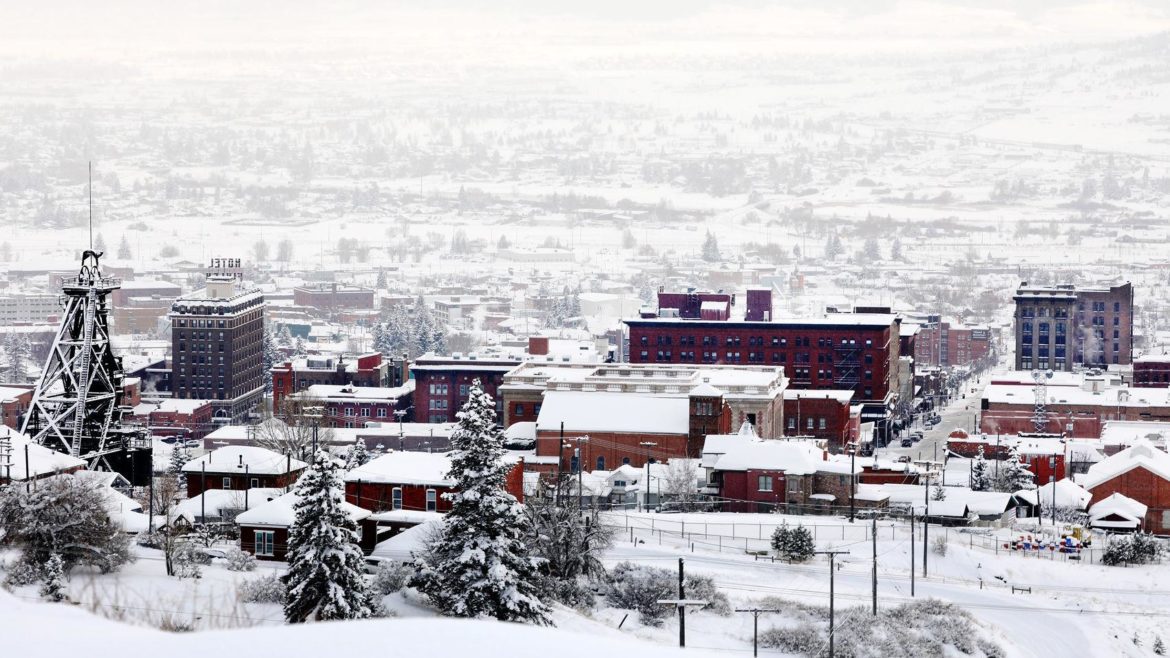A crippling, historic blizzard blanketed Montana last week with more than three-feet of snow reported in certain areas. This “perfect storm” of atmospheric conditions across the United States lasted three days, with temperatures in the 20s—ideal for snowfall—and high-wind warnings throughout the north central states. Large sections of interstate highways, schools, and businesses were closed as the storm moved over the Rockies from the Pacific Northwest to the southwestern part of the state, where it arrived at 7AM Central Time on Tuesday (April 12.)
Because the ground was warm, there posed little threat of ice. Indeed, in a very big way moisture, even in the form of snow, is very welcome right now. The north central states have suffered a long-term draught that has plagued farmers for almost a year, resulting in poor crop production in 2021. Now, their hopes of rebounding as they begin spring planting season look positive.
However, a blizzard is a blizzard, and such weather presents challenges for everyone—but most especially, for ranchers, who are in the middle of spring calving season. “A system of this magnitude will require an all-hands-on-deck approach, both in preparing for [and] getting through the storm,” said the executive vice president of the North Dakota Stockmen’s Association, Julie Ellingson. “We have been praying for moisture for more than a year, and now it appears that those prayers will be answered—in a very, very big way,” she continued.
Will what amounts to 3-inches of water end the draught? According to Jason Anglin, lead meteorologist for the National Weather Service’s Bismark office, “it will put a dent in it. What helps us with this system is it’s going to be cold for next week; it’s going to be a slow melt.” AccuWeather Chief Meteorologist Jonathan Porter warned, “In the hardest-hit areas, people need to plan to be self-sufficient for several days with enough water, food, and supplies, as it may take considerable time to clear roadways from the snow that will fall and then blow and drift.
One thing’s for sure about this historic storm. “I think it’s going to be one of those kinds of storms that people are potentially talking about for years to come,” observed Corey King, weather service emergency response specialist in Bismarck.

